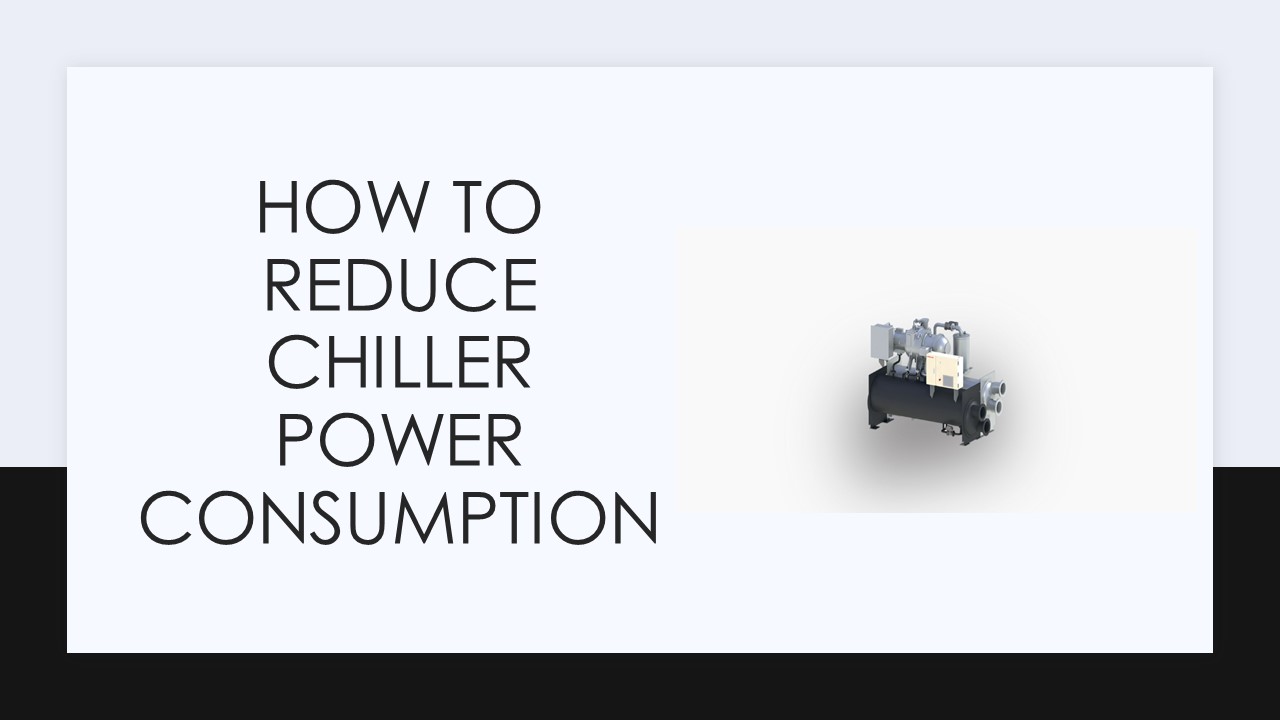How to Reduce Chiller Power Consumption
Title:
How to Reduce Chiller Power Consumption
Description:
If your chiller system consumes more energy and you want to reduce chiller power consumption, then check this PPT. In this PPT, you will get to know how to reduce chiller power consumption. Apart from this, if you want to buy an energy-efficient chiller air conditioning system, then buy it from the Hitachi Aircon website. – PowerPoint PPT presentation
Number of Views:3
Title: How to Reduce Chiller Power Consumption
1
How to Reduce Chiller Power Consumption
2
Introduction
- When looking for energy savings in an existing
chiller plant or during plant renovation, look
beyond the chiller. Despite having the highest
peak load of any component, the chiller may not
be the largest contributor to total annual energy
consumption. Its more important to consider how
all of the components work together throughout
the year to maximize savings. Paying attention to
part-load efficiency is critical for maximizing
savings. - There are also simple and low- or no-cost
operational changes that can be investigated to
significantly reduce an existing systems energy
use without jeopardizing plant operation or
occupant comfort.
3
Here are 3 things to think about
- Consider variable speed retrofits
- More means less. Running several parallel devices
can maximize savings. - Increase the temperature of the supply
4
Consider variable speed retrofits
- The majority of components in the Hitachi chiller
cooling system and Hitachi chiller air
conditioning system can get the benefit of VFDs
that have variable speeds. In actuality, all
modern energy codes require VFDs for these parts
in new systems as well as major retrofits. VFD
prices have also decreased drastically over the
last few years. - As can be seen in the chiller variable and
constant speed performance charts, which are on
the page 38 theres an immense benefit of using
VFDs in chillers, however, only if condenser
water temp relief can be used. - Cooling tower fans offer another way to reduce
energy consumption by using VFDs. With the
loading and outdoor wet-bulb temperature drop
Variable speed fan motors dont just conserve
energy for fans because of fan law benefits (a
fan operating at 50 percent speeds draws 12.5
percentage of power used by the fan running at
100) However, they also offer better temperature
control.
5
More means less. Running several parallel devices
can maximize savings.
- The plant equipment of the chiller generally runs
more efficiently with a load of part. Chillers
for instance can operate at their maximum
efficiency between 40 60 of their capacity.
Fans and systems pumps for cooling connected in
parallel could also benefit from a system of
control which operates more pieces machinery at
slower speeds opposed to a staging system that
allows the operating equipment to expand up to
maximum capacity before settling for the next
unit. For chillers and cooling towers the more
equipment you run, the greater the area of heat
transfer across all points of operation that
improves the efficiency of the equipment and also
reduces pressure drop. Pumps, making the most of
savings from the law of pumps and operating at
optimal pump efficiency points is essential. (The
pump law works comparable with the law of fan if
the speed of the pump decreases the energy
consumption will be reduced by the cubic root of
the decrease in speed.) But, any control system
modification must take into account chiller and
cooling tower minimum flow limits.
6
Increase the temperature of the supply
- The majority of commercial systems are
constructed with the temperature of chilled water
that ranges from 40 F to 45 F. This usually
allows the proper dehumidification process and an
acceptable temperature of supply air for the
occupants of spaces in peak hours. But, the peak
conditions of weather and load are not often
observed. - The implementation of a reset for the temperature
of supply air control can reduce energy
consumption in many ways. First, when cold supply
air temperatures are not required (acceptable
humidity levels and no zones at peak load),
raising supply temperatures can help prevent
over-dehumidification of spaces and unneeded
latent cooling. In addition setting higher air
supply setpoints will permit chilled water supply
temperature to increase significantly, increasing
the efficiency of chillers. Overall, chiller
efficiency increase about 2 percent per degree
chilled water supply temperatures is increased.
7
THANK YOU
















![NOTE: To appreciate this presentation [and insure that it is not a mess], you need Microsoft fonts: PowerPoint PPT Presentation](https://s3.amazonaws.com/images.powershow.com/5430111.th0.jpg?_=20200818126)





![NOTE: To appreciate this presentation [and ensure that it is not a mess], you need Microsoft fonts: PowerPoint PPT Presentation](https://s3.amazonaws.com/images.powershow.com/4291458.th0.jpg?_=20131011062)








